How many times have you ridden solo, only to find yourself juggling an extra helmet, desperately needing a secure spot to store it? While motorcycles are built for the thrill of the ride, they often lack the built-in convenience of helmet storage.
This minor inconvenience can quickly turn into a major annoyance if not handled properly. Fortunately, there are several effective solutions for safely attaching an extra helmet to your bike.
From bungee cords to innovative carry systems, this guide explores the best options for secure attachment, ensuring your helmet stays put while you focus on the ride.
Popular Methods for Attaching an Extra Helmet to a Motorcycle
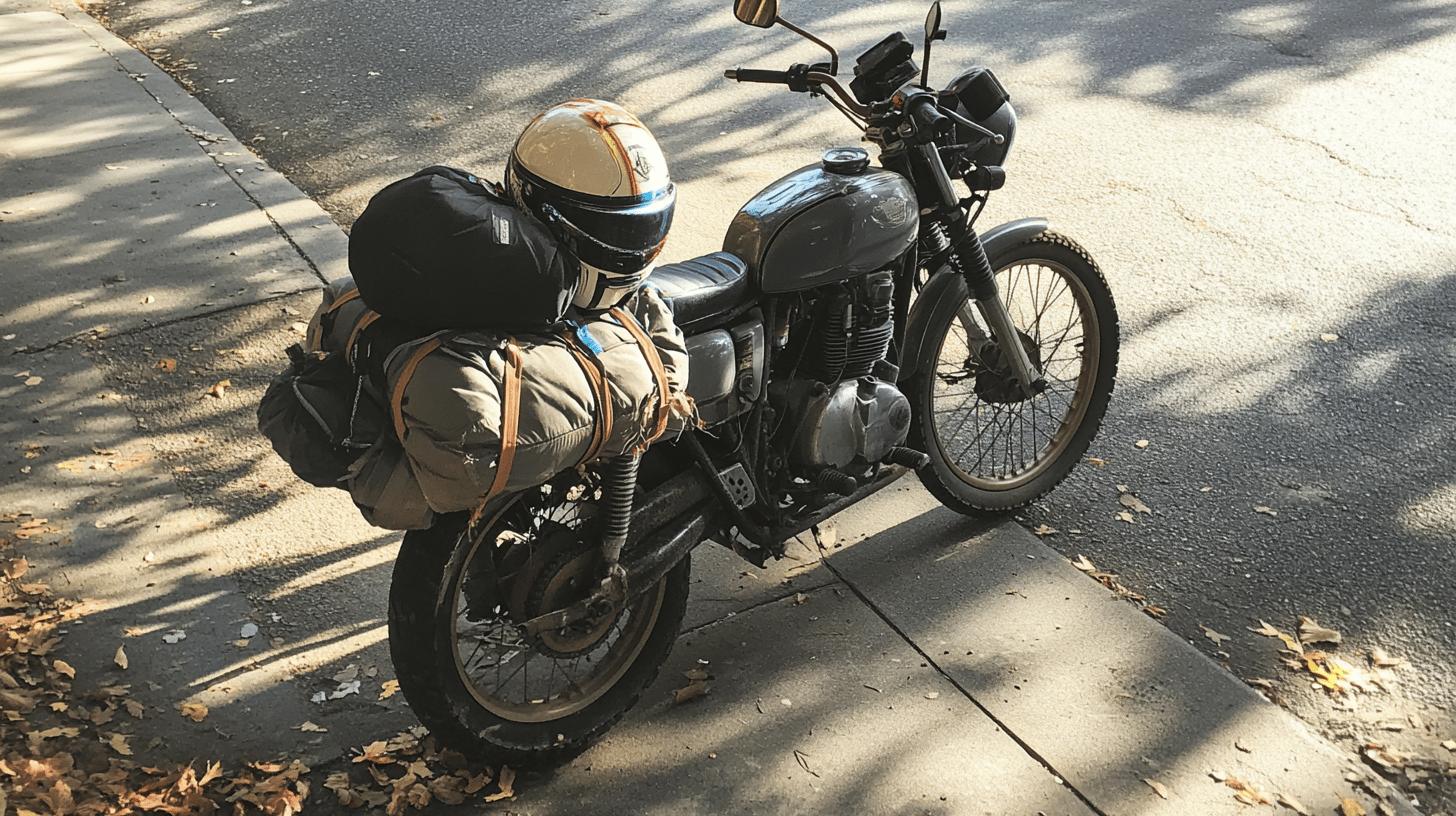
Securely attaching an extra helmet to a motorcycle is crucial for preventing damage and ensuring safety. An unsecured helmet can lead to accidents if it falls off during transit. The helmet may be exposed to the elements, causing wear and tear that reduces its protective capabilities.
Therefore, selecting the right attachment method not only protects the helmet but also maintains its integrity, ensuring it provides the necessary safety when needed. Riders need to choose options that balance stability and ease of use.
-
Bungee Cords: Costing around $30, these are an affordable choice for strapping helmets to the motorcycle. They are easy to use but may not provide complete stability, especially at high speeds.
-
Luggage Nets: These nets wrap around the helmet, offering more security compared to bungee cords. They prevent the helmet from slipping out but leave it exposed to weather conditions.
-
Tail Packs: Available in softshell or hardshell forms, tail packs provide excellent protection. Hardshell cases, screwed onto the bike, offer robust safety and weather resistance.
-
Helmet Backpacks: A practical hands-free option, these backpacks securely hold the helmet and often include space for additional personal items.
-
Helmet Locks: These attach directly to the bike frame or grab rail, providing a secure and stable attachment for passenger helmets.
Choosing the right attachment method involves considering both stability and cost. While methods like bungee cords are cost-effective, they may not offer the same level of security as luggage nets or helmet locks. Tail packs, although more expensive, provide superior protection and can be a worthwhile investment for frequent riders.
Helmet Lock Options for Secure Attachment
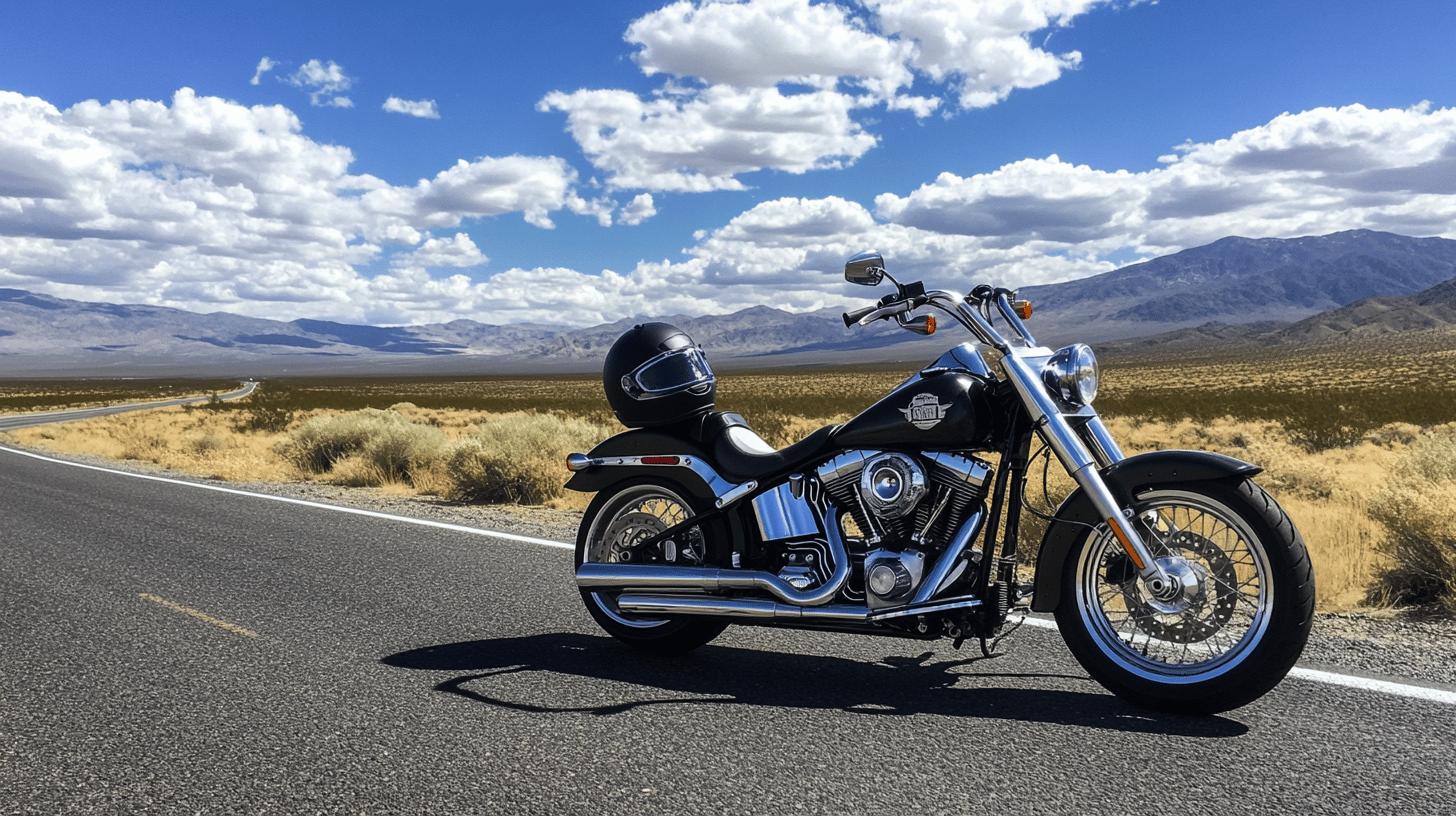
Using helmet locks is vital for securely attaching an extra helmet to a motorcycle. A well-secured helmet ensures it remains intact during transit, preventing theft or accidental damage. These locks can be attached to various parts of the motorcycle, such as the bike frame or pillion sissy bar, offering a stable and reliable solution. In particular, dedicated locks on the grab rail are recommended for securing passenger helmets, as they provide an efficient means of keeping the helmet firmly in place.
| Lock Type | Advantages |
|---|---|
| Frame-mounted Lock | Provides stable and theft-resistant attachment. |
| Pillion Sissy Bar | Keeps helmet secure without compromising space. |
| Grab Rail Lock | Ideal for passenger helmets; easy to access. |
Selecting the appropriate lock type depends on the motorcycle's design and the rider's security requirements. Frame-mounted locks are excellent for general use, offering robust security against theft.
Pillion sissy bar locks are suitable for riders who need to conserve space while keeping the helmet secure. Grab rail locks, being easily accessible, serve well for passenger helmets, ensuring they are both protected and convenient to retrieve.
Carrying an Extra Helmet with Motorcycle Bags
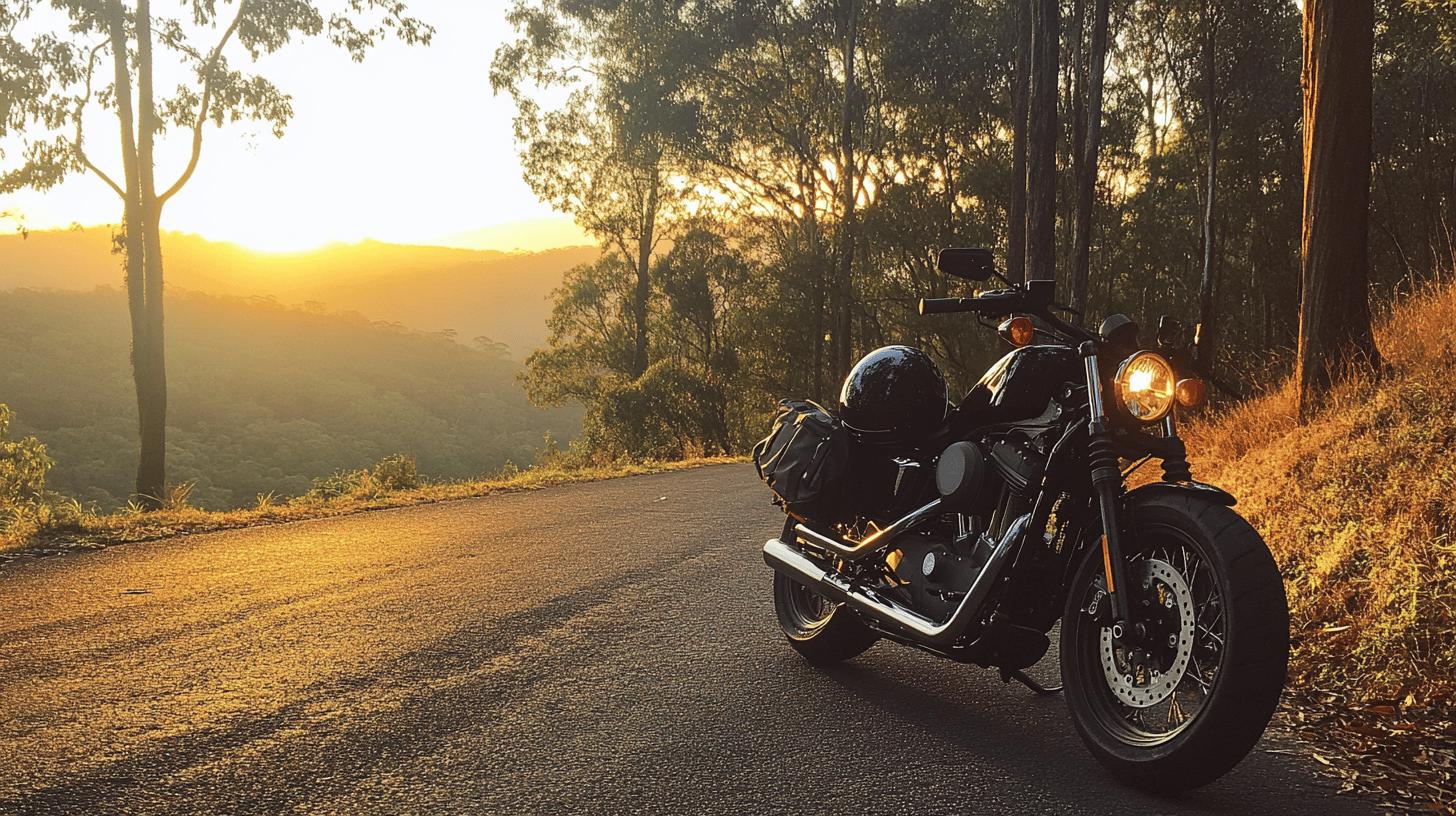
Motorcycle bags are an efficient solution for carrying an extra helmet, offering both protection and convenience. They shield helmets from environmental elements, including rain, dust, and UV rays, which can degrade the helmet's materials over time.
Using motorcycle bags also frees up space on the bike, providing a neat and organized way to transport helmets without compromising safety or aesthetics. These bags are designed to accommodate the shape and size of helmets, ensuring they remain stable and secure during rides, thus preventing any potential damage to the helmet.
-
Panniers: These side-mounted bags provide ample space for helmet storage. They secure the helmet on either side of the motorcycle, keeping it protected from weather while balancing the bike's weight distribution.
-
Saddle Bags: Similar to panniers, saddle bags offer a practical storage solution, often featuring reinforced materials for added protection. They are easily accessible, making them ideal for quick helmet retrieval.
-
Tail Packs: Available as softshell or hardshell cases, tail packs are mounted on the rear of the motorcycle. Hardshell cases provide superior protection, safeguarding helmets against impacts and adverse weather conditions.
- Tank Bags: Positioned on the motorcycle's tank, these bags are easily reachable, making them a convenient choice for carrying smaller, half helmets. They typically come with water-resistant features to protect against rain.
Selecting the right motorcycle bag involves considering factors like weather resistance and ease of access. For those frequently riding in wet conditions, hardshell tail packs or waterproof saddle bags are recommended. These options ensure that helmets are not only protected from moisture but also remain securely in place during transit.
Panniers and saddle bags are suitable for riders who prioritize easy access, as they allow for quick helmet storage and retrieval. It's important to choose a bag that complements the bike's design and meets the rider's specific needs.
Innovative and Practical Helmet Attachment Solutions
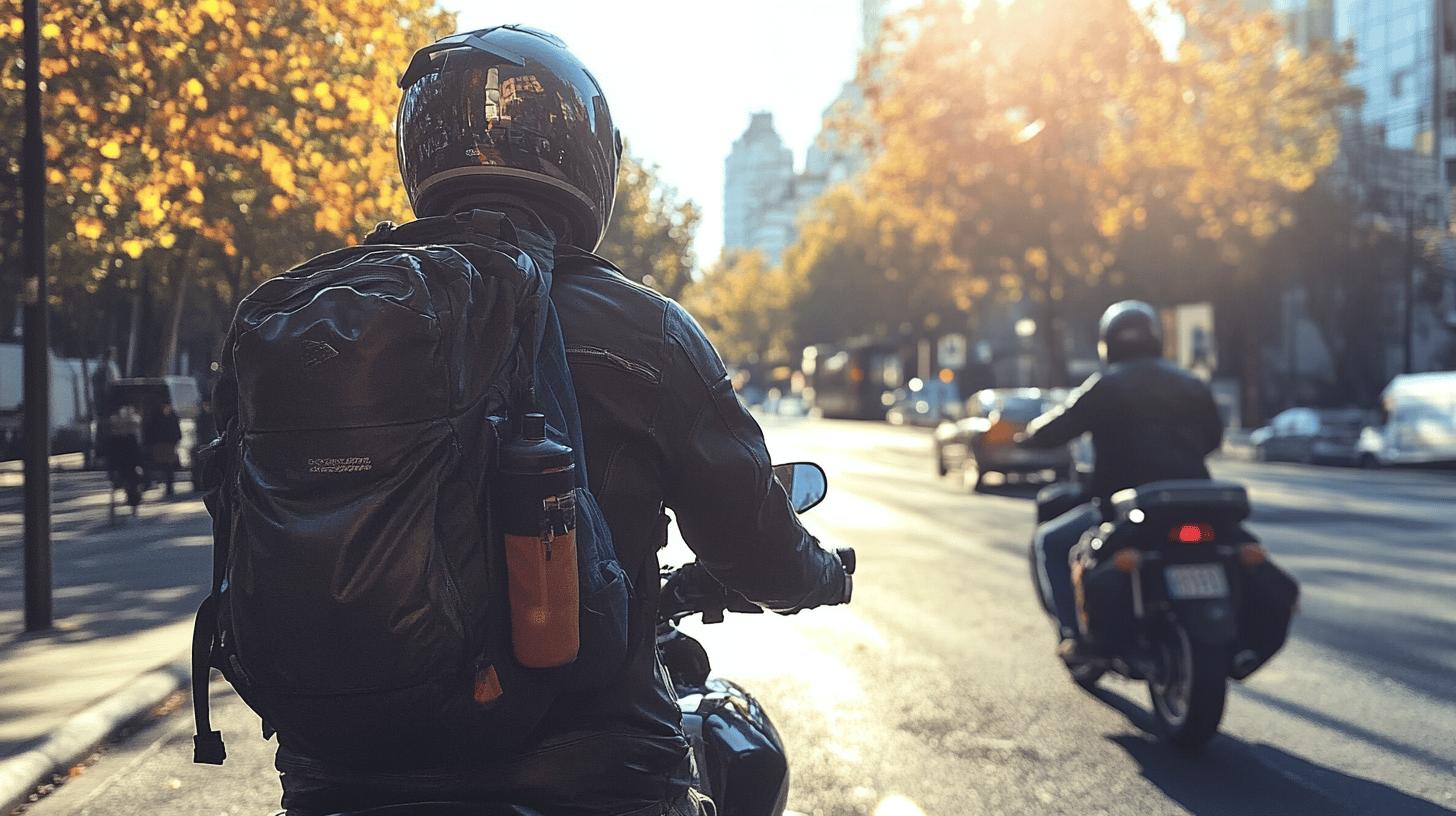
For motorcyclists, finding innovative and practical methods to attach an extra helmet is essential to enhance safety and convenience. As technology and design evolve, riders have access to inventive solutions that simplify the transport of helmets while maintaining their integrity and security.
These modern approaches not only aim to ease the burden of carrying extra helmets but also ensure they remain protected from potential damage during rides.
-
Specialized Helmet Backpacks: These backpacks offer a hands-free carrying method, incorporating secure compartments specifically designed for helmets. They often feature additional storage space for personal items, making them a versatile choice for urban riders.
-
Compact Helmet Bags: Lightweight and easy to carry, these bags provide a practical solution for helmet transport. Their compact design allows for easy storage when not in use, and they typically include water-resistant materials to protect helmets from adverse weather conditions.
-
Innovative Mounts: These mounts attach seamlessly to the motorcycle, offering a stable and secure option for helmet storage. Designed with quick-release mechanisms, they allow for effortless helmet attachment and removal, reducing the hassle during frequent stops.
Tips for Safely Transporting an Extra Helmet
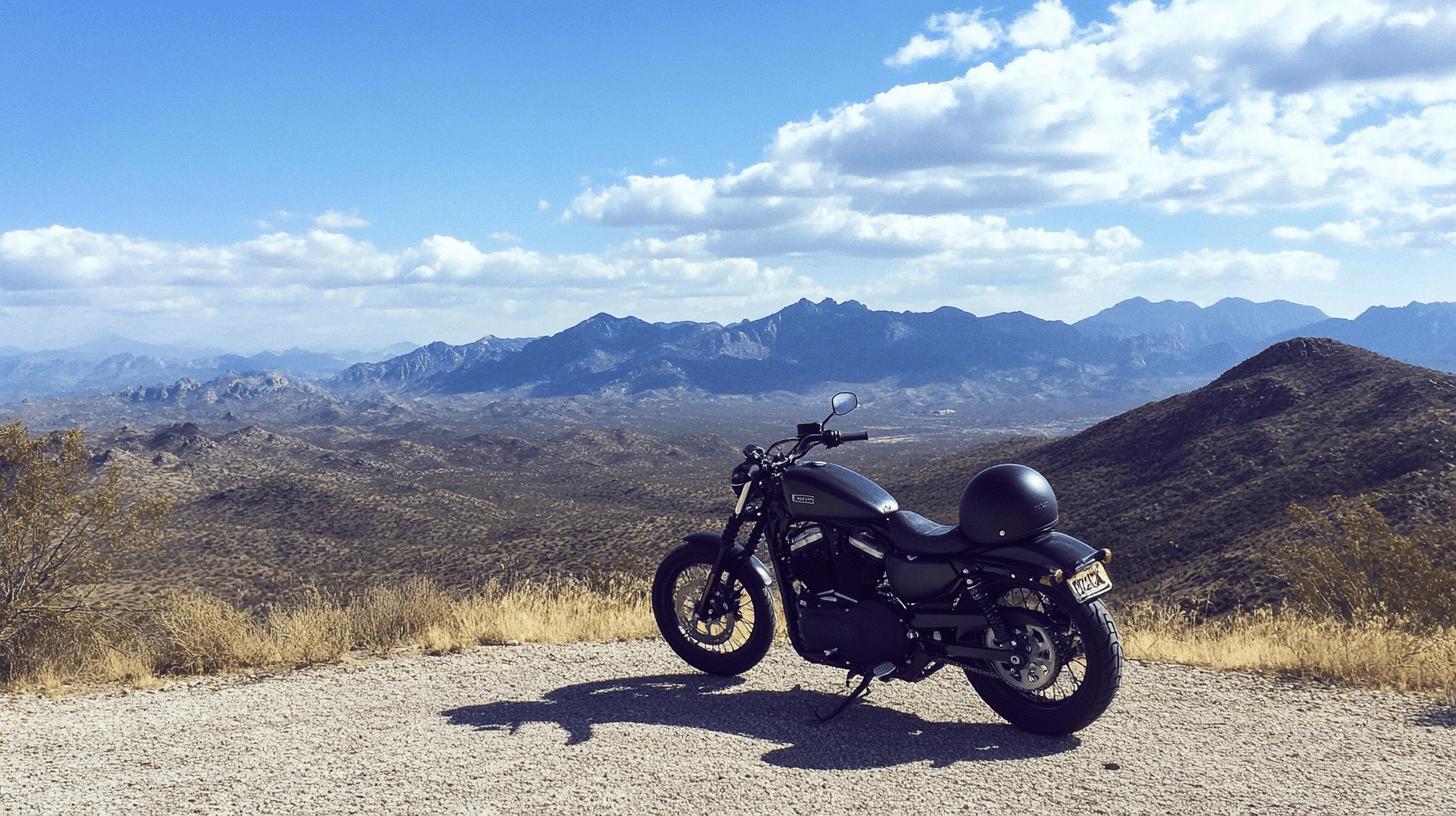
Transporting an extra helmet on a motorcycle requires careful consideration to prevent damage and ensure safety. A helmet is a critical piece of safety gear, and its integrity must be maintained for it to function effectively in case of an accident.
Improper attachment can lead to the helmet falling off, potentially causing harm to other riders or damaging the helmet itself. It is essential to avoid using areas like handlebars for attachment, as this can lead to instability and result in scratches or cracks.
Ensuring the helmet is securely fastened not only protects the helmet but also maintains the balance of the motorcycle, especially at high speeds or during sudden maneuvers.
-
Use Secure Attachments: Opt for helmet locks or dedicated storage bags designed for motorcycles, which provide a firm grip and protect against theft or accidental loss.
-
Avoid Handlebars: Attaching helmets to handlebars can destabilize the bike and lead to potential damage. Instead, use storage solutions that keep the helmet stable and protected.
-
Check Fastenings: Regularly inspect all attachment points to make sure they remain tight and secure, especially after long rides or exposure to vibrations.
Maintaining helmet integrity during transport is crucial for rider safety. Regular checks and proper storage solutions help preserve the helmet's structure and functionality. Riders should prioritize methods that offer both protection and convenience, ensuring the helmet is easily accessible without compromising its condition. By following these safety tips, motorcyclists can transport extra helmets efficiently while safeguarding their essential gear.
Final Words
Securing an extra helmet on a motorcycle can be a seamless task with the right tools and techniques. Whether opting for bungee cords, luggage nets, locks, or motorcycle bags, each method has its advantages in terms of stability, security, and protection.
Motorcycle enthusiasts can significantly enhance their riding experience by understanding how to attach extra helmet to motorcycle. Embracing innovative solutions and following safety tips ensures both the helmet and rider are well-protected on any journey.
FAQ
How do you carry an extra helmet on a motorcycle?
Carrying an extra helmet on a motorcycle can be achieved using bungee cords, luggage nets, or motorcycle bags. Each option offers different levels of stability, protection, and ease of use.
How to attach a helmet to a motorcycle securely?
Attaching a helmet to a motorcycle securely involves using helmet locks, luggage nets, or cable locks. These options ensure the helmet stays in place during transit and offers security against theft.
What are popular methods for spare helmet attachment?
Popular methods for spare helmet attachment include using bungee cords, luggage nets, saddlebags, panniers, or tail packs. Consider stability, ease of use, and weather protection when selecting a method.
How do you secure a helmet to a motorcycle using a lock?
Securing a helmet with a lock can involve using frame-attached holders, cable locks, or dedicated locks on a grab rail. Each option provides varying levels of security based on lock placement.
Is there a way to connect two motorcycle helmets together?
Connecting two helmets typically requires helmet holders or luggage nets designed to accommodate multiple helmets. Ensure each helmet is individually secured to prevent damage or loss.

Ryan Thompson is a 35-year-old sport bike enthusiast known for his adventurous spirit. With years of weekend rides and exploring new roads, Ryan brings fresh insights and firsthand experience to ProtectiveGearz. His energetic approach and passion for the latest gear make him a trusted source for riders seeking up-to-date advice.



